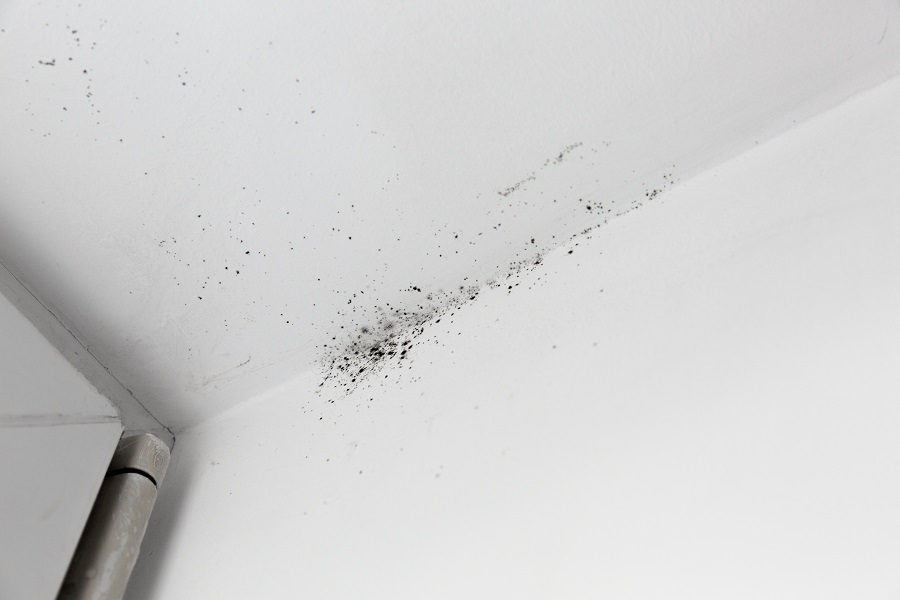Last updated on
These are the top four causes that are the culprit of mold growth in your home. Knowing them will help you get rid of it and prevent it altogether.
These days, many people simply don’t have the time to maintain their houses. In certain cases, some houses were vacated for long periods. These two situations have led to the possibility of more homes or properties being prone to mold infestations.
Even if you bought the perfect house, if it wasn’t adequately treated against mold in the past or had a history of mold infestation but was not cleaned up properly, you may end up with a house that has an inherent mold problem.
What's Inside
What Are Molds?

Molds are a type of fungus. Mildew is sometimes used interchangeably with mold. Like most fungi, molds release spores to propagate their species through the air. These fungi spores cause allergic reactions and even worse medical conditions in people.
If you learn more about the side effects of mold, you’ll know that most individuals allergic to mold only suffer from mild to moderate side effects. However, depending on the type of mold and level of concentration, it may also cause structural damage to your home.
How and Where Do Molds Thrive?
Molds need a simple array of conditions to thrive. Here are some of them.
- Food source, such as wood, cotton, wood-based construction material, fabric
- Protection from ultraviolet light
- Relatively warmer temperatures
- Oxygen
- High levels of moisture or humidity
- Time for germination
Also, if mold spores are under-present in these places, then mold can thrive.
- Humidity. If the weather suddenly becomes humid for a few days, do expect that mold will start to grow in your home. It gets even worse if it rains continuously for a few days. At that point, you’ll probably see mold growths on walls, benches, and any other places where the water vapor in the air can condense into water droplets.
- Leaking pipes. Pipes are constructed sturdily, but they do have weaknesses, particularly at the joining areas. If one of these joints suddenly develops a leak, it can trigger mold growth. Leaky pipes tend to be a real problem for mold removal, as many water pipes tend to be hidden from view.
- Damaged roof. A leak in the roof can lead to mold growth before they are even discovered. Your best bet is to regularly check your attic or ceiling space to see if there are any tell-tale signs of mold growth. If there seems to be mold and water damage, then chances are you have a leaking roof.
- Condensation. Cold objects, surfaces, and areas can create condensation in your home. For example, condensation usually happens along cold metal pipes and on cold concrete floors. When the condensed water starts pooling in specific places, you can have a trigger area for mold growth.
Remember that in all these cases, the big trigger is excessive moisture and a relatively untouched area of the house. So, what you should do is identify which areas of the house are prone to mold growth. Then, monitor all these spaces so that you can be prepared.




